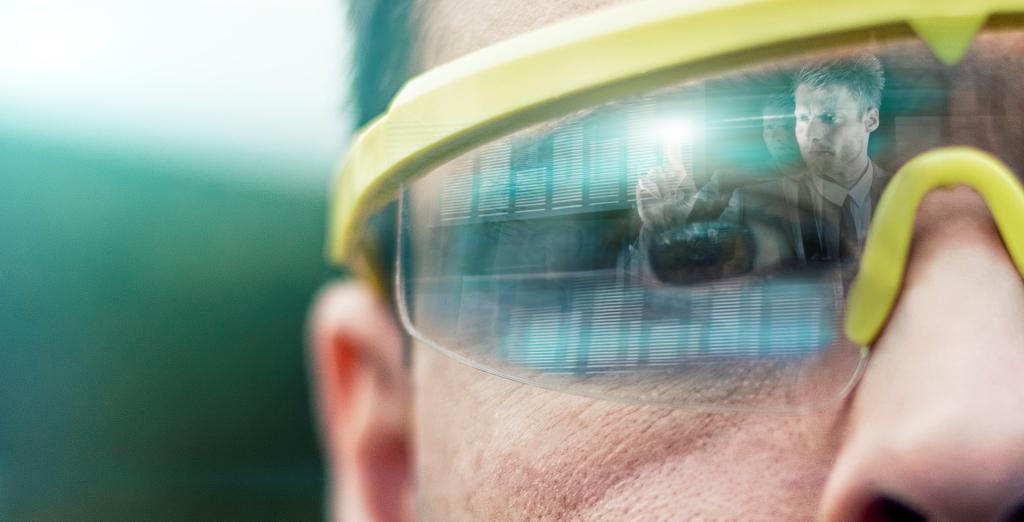
(c)iStock.com/mikkelwilliam
The marketing industry already has a lot to contend with in terms of rapid changes. One particular area that’s growing in popularity at a tremendous rate is the wearable technology market. That market is already worth billions, and a study from Juniper Research predicts that spending on wearables will reach $19 billion by 2018. That’s nothing to sneeze at, and marketers are already trying to come up with the most effective ways to utilise new methods and techniques as wearables increase in number and usefulness.
Speeding this process along is the recent release of the Apple Watch, which has helped propel wearable technology into mainstream discussion. This is brand new territory marketers are exploring, and the possibilities are both exciting and daunting.
Marketing that’s targeted towards the individual has become a notable focus of marketers, especially in the age of big data analytics. That effort will likely only get a significant boost as more and more people start purchasing wearable devices. Infact, wearables make the personalised marketing approach all the more effective. Marketers can now take into account a person’s location to send out new advertisements and pitches specifically tailored to trigger a response. Imagine a consumer walking by a shoe store and immediately getting a special offer on their smart watch for a pair of shoes they would likely prefer. That kind of marketing simply wasn’t possible before, but wearable technology places the opportunity within reach.
If anything, wearable technology will enable data collection on an unprecedented size and scale. Smart clothing, for example, can measure a person’s health, emotional condition, and biological reaction to their environment. So in theory, marketers would be able to gauge how people react to their efforts on a purely emotional level, creating more chances to make offers that speak to the individual in a personal way. Wearable marketing can also take into account a person’s daily routine. If the data shows a person typically eats lunch at around noon, marketers for restaurants and other food services can send advertisements to his or her device at just about the time hunger hits. All this data collection would of course need the permission of consumers, and it remains to be seen if people will feel comfortable knowing companies have the capability to gather so much personal information.
With the explosion of wearable devices, it only stands to reason that marketers will have to adopt new techniques for reaching current and prospective consumers. Ideas like location and emotional marketing were already mentioned above. Marketers will also have to make their offers more “glanceable.” Wearable devices take convenience a step further than smartphones, and any marketing strategies will need to ensure that future offers and content are easily understood and get the intended reaction at just a glance. To convey a good deal of information in just a few seconds (or less) represents a significant challenge, but it’s a puzzle marketers will have to solve in a world where people are literally attached to their wearable devices.
Marketers will also have to create convenience with their new strategies. In what is sometimes called convenience marketing, wearable marketers will need to create an integrated experience over a whole network of wearable devices, which will most likely be connected through the Internet of Things. That means someone running late for work could be shown a shorter route to the office while also being told of special breakfast offers for a quick meal. This integrated experience not only could make life more convenient, but it increases the incentive for people to purchase a wearable device in the first place. This also leads to more possibilities of B2B marketing, especially for companies adopting a bring your own device (BYOD) policy.
The growth of the wearable market is certainly an intriguing phenomenon, but it’s important to understand that it’s still in the early stages of development. How much it permeates the public and what exact form wearables take in the future is still up in the air. Remember, Google Glass seemed like a it was going to be big, but it was discontinued earlier this year. In all this development and evolution, marketers have a unique opportunity to experiment and explore with new methods and strategies to see which are the most effective. This is the time for marketers to truly flex their creative muscles and see how promising wearables can actually be.
If you are interested in wearables, please visit IoT Tech Expo Europe in London’s Olympia this December, 2-3, 2015.





